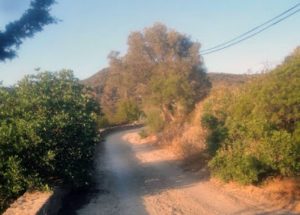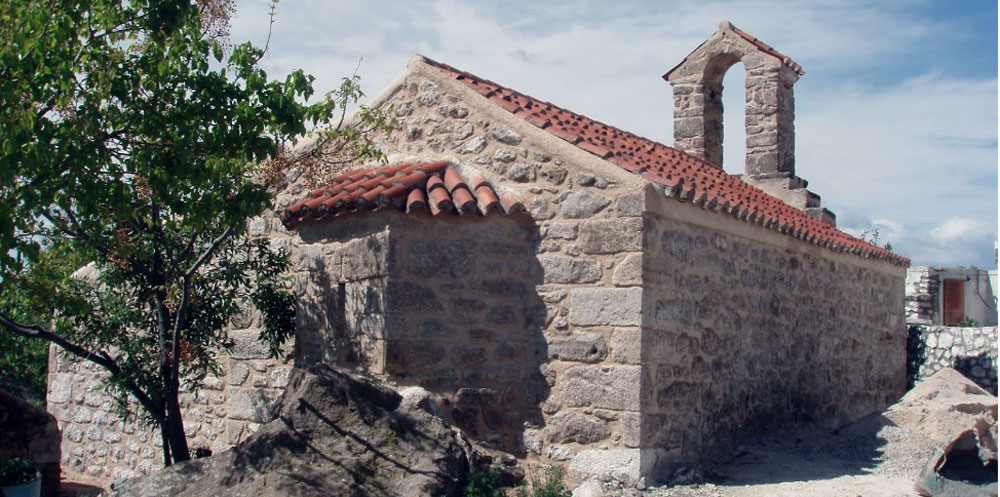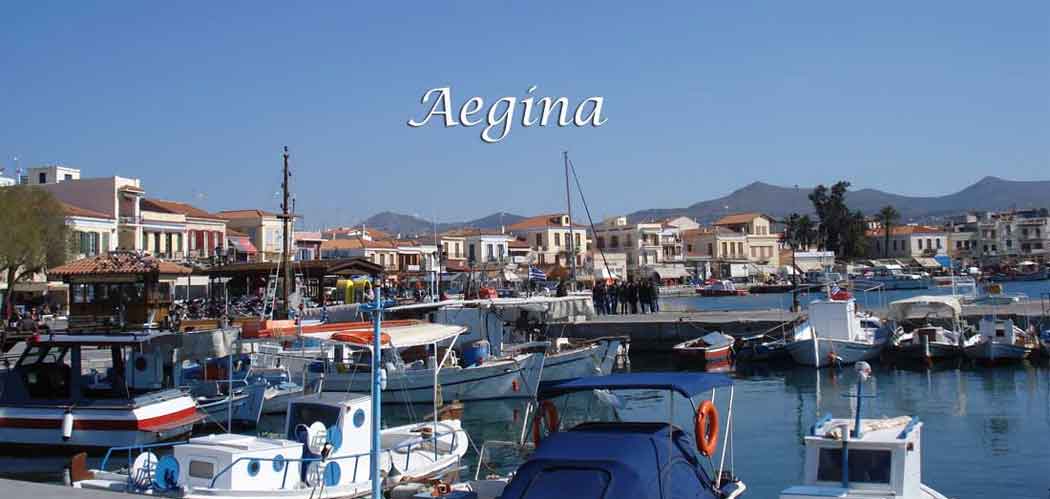The village of Pachia Rachi in Aegina

Pachia Rachi is a living folklore museum and is “alive” because its inhabitants chose to adapt their needs to the special architectural character and aesthetics of the village and not to “impose” themselves on the landscape with supposedly luxurious or “island” homes.
Pachia Rachi is about 30 minutes by car from the main port of Aegina and is located near the foot of Mount Hellani. You can find more information about the route to be followed on the map of Aegina on our website. Arriving at the clearing, at the entrance to the village, a sign informs visitors that they must leave their cars there. You should respect this prompt for two reasons: The first is that you can’t drive anywhere in the village, so you’ll probably get yourself and others into trouble. The second is that from the very first meters you will appreciate your walk in its stone-built, narrow streets and you will preserve the tranquility of the place.
The first impression of Pachia Rachi is the black stone (abundant in the area) and how it has been wisely used not only as a building material, but also for objects of daily life, as well as objects of folk art. Indeed, in Pachia Rachi, some of the most important blackstone artisans in Aegina lived and worked. The houses are low, with a courtyard and usually an external staircase leading to the upper floor. In the past, lime used to whiten the courtyards, mitigating the low tones of the black stone. Today, the courtyards and the external walls coexist with large colorful mocavilleas, as well as flowers and greenery in all tones, which create a perfect harmony in the space. The windows of the houses are small, but in equal proportions with the rest of the building.
Pachia Rachi has an important history and rich participation in the revolution of 1821. In addition to an army for the struggle, there in the parish of the village, in the church of Taxiarches, the flag of the Revolution was raised since several Aeginites were members of the Friendly Society. In 1813, the Church of Agios Dionysios was built with money collected from fundraisers by the priest Ioannis Trimis and the president Familiaris.
It is said that Ioannis Kapodistrias himself, who was then Governor of Aegina, helped in the completion of the Temple, sending workers to help in its construction. The church of Agios Dionysios is in the style of a basilica and has beautiful icons. It is celebrated on May 19, which commemorates the memory of Saints Julius and Iulianos who were from Pachia Rachi. The church also celebrates Saint Charalambous.
In 1950, a school was built on a plot of land offered by the Margaroni family, where children from the surrounding areas also studied. Today and after renovation, this building houses the “Pachia Rachi Cultural Center” which contributes to the reformation of the area.
Finally, it should be mentioned that the wild beauty of the landscape and the tranquility of the village has attracted a large number of Greek and foreign residents who bought houses and restored them, giving new air and impetus to the area.

